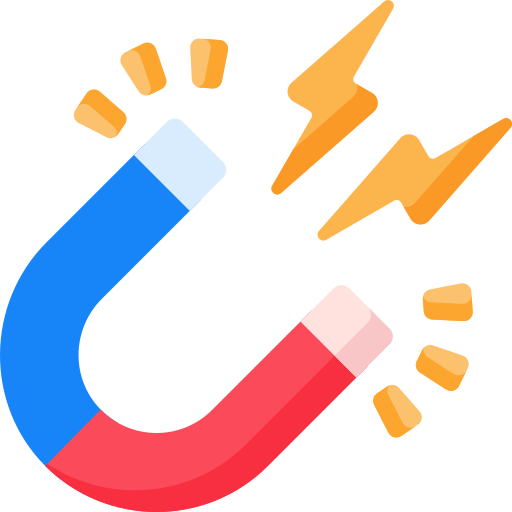Iqbal M. Python for Agriculturists 2025
 Download this torrent!
Download this torrent!
Iqbal M. Python for Agriculturists 2025
To start this P2P download, you have to install a BitTorrent client like qBittorrent
Category: Other
Total size: 10.81 MB
Added: 1 month ago (2025-10-27 06:39:01)
Share ratio: 29 seeders, 0 leechers
Info Hash: 928D531C44C4B0FA473486109D1CBF2FF8CCE453
Last updated: 14 hours ago (2025-12-13 07:40:03)
Description:
Textbook in PDF format
This book aims to introduce agriculturists, particularly those with non-computing backgrounds, to the Python programming language. Python's simplicity, versatility, and extensive library support make it an ideal tool for addressing data science and machine learning challenges. This book focuses on the application of Python in various agricultural fields such as Agronomy, Entomology, Plant Pathology, Forestry, Horticulture, Food Technology, Farm Machinery, and Animal Sciences. It underscores the significance of programming skills in empowering agriculturists to analyze data, optimize resources, and automate routine tasks, thereby enhancing productivity and contributing to sustainable agricultural practices. By bridging the gap between traditional agricultural knowledge and modern computing techniques, this book serves as a valuable resource for agriculturists aiming to advance their careers and improve agricultural outcomes.
This book, Python for Agriculturists, is designed for university students in agriculture programs to help them learn the use of the Python Programming Language, which is a popular, beginner-friendly, and easy-to-learn programming language, particularly for applying data analysis in agricultural work. Recognizing the limited understanding of agricultural students (especially in developing countries) about computer programming, I realized the need to introduce them to the basic principles and key concepts of (Python) programming to solve agricultural tasks/problems and prepare them to play their role in modern digital agriculture. To the best of my knowledge, this is the first programming book written specifically with the problems and context of core agricultural branches (i.e., agronomy, entomology, plant breeding and genetics, plant pathology, forestry, food technology, animal husbandry, veterinary sciences, etc.) in mind. A key feature of this book is that it ultimately guides agriculturists to understand how Python can be applied across all phases of agricultural data processing, i.e., from storing and reading data to preprocessing, analyzing, and extracting useful insights. You do not need to be a computer expert to benefit from this book; it takes you step by step, introducing you to Python’s basics to more advanced constructs and showing how Python can help manage, process, and analyze agricultural data.
In Chap. 1, you will learn what digital agriculture is, why it matters, and how knowing computer programming is becoming important in modern farming. This chapter also explains the basics of computer programming, introduces Python, and shows the use of various Integrated Development Environments (i.e., IDLE, PyCharm, and VS Code) that can help you write and execute Python programs.
Chapter 2 explains how to write simple Python programs through the use of elementary Python programming concepts and components, i.e., the use of comments, data types, indentation, performing calculations, taking user input, showing results output, and handling errors.
In Chap. 3, you will learn how to write your programs using decision-making (conditional) statements and (iterative) loops, to respond to different situations and repeat tasks, respectively.
Chapter 4 is about functions/methods and modules, which help you to break or divide your large-scale program into smaller, reusable pieces that are easier to manage.
Chapter 5 covers Python’s core data structures (i.e., lists, tuples, sets, and dictionaries) for storing collections of information and how this can be processed to get useful insight.
In Chap. 6, you will explore how to read from and write to files, so you can work with agricultural data (i.e., weather records or crop reports) available on personal and public computing devices.
Finally, Chaps. 7 and 8 introduce some of the most useful Python Packages (i.e., NumPy for working with numbers and Pandas for working with tables of data) and Python Libraries (i.e., Matplotlib for making charts/graphs and Scikit-learn for doing machine learning). Ultimately, these packages and libraries will help you analyze agricultural data, find patterns, and make better decisions.
Preface
Preliminaries
Basic Structure and Elementary Components of Python Programs
Control Flow Structures/Statements
Python Functions, Methods, and Modules
Python Data Structures
File Handling in Python
Data Science and Python Packages
Data Science and Python Libraries
